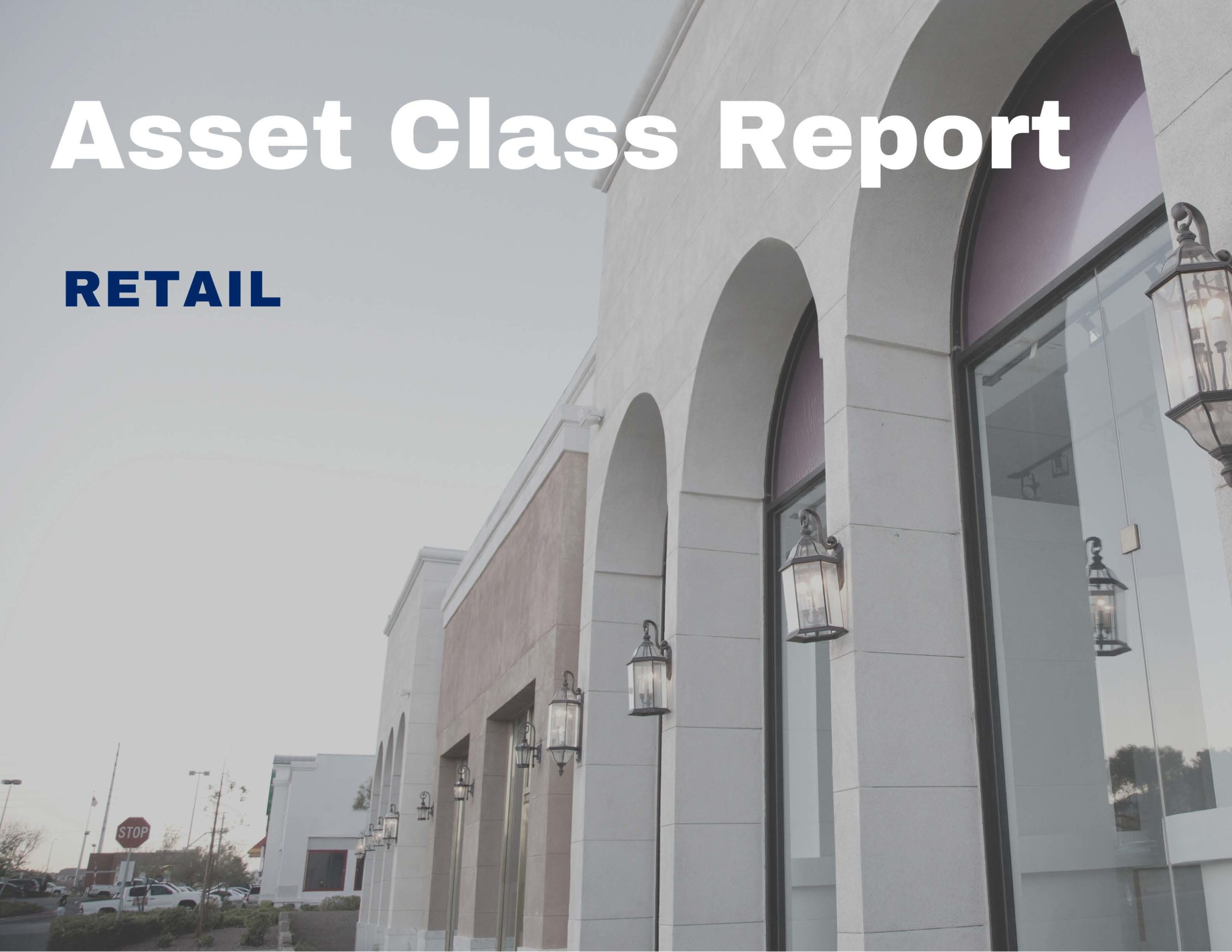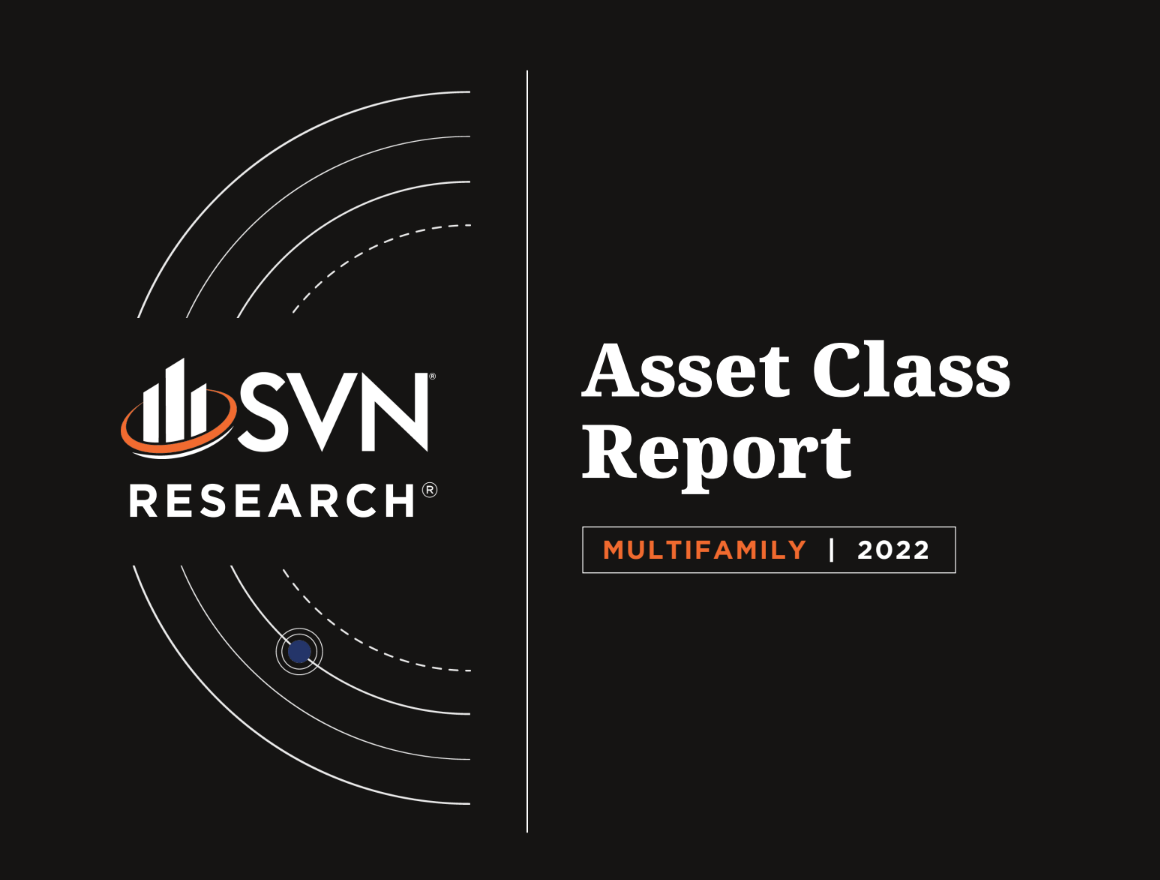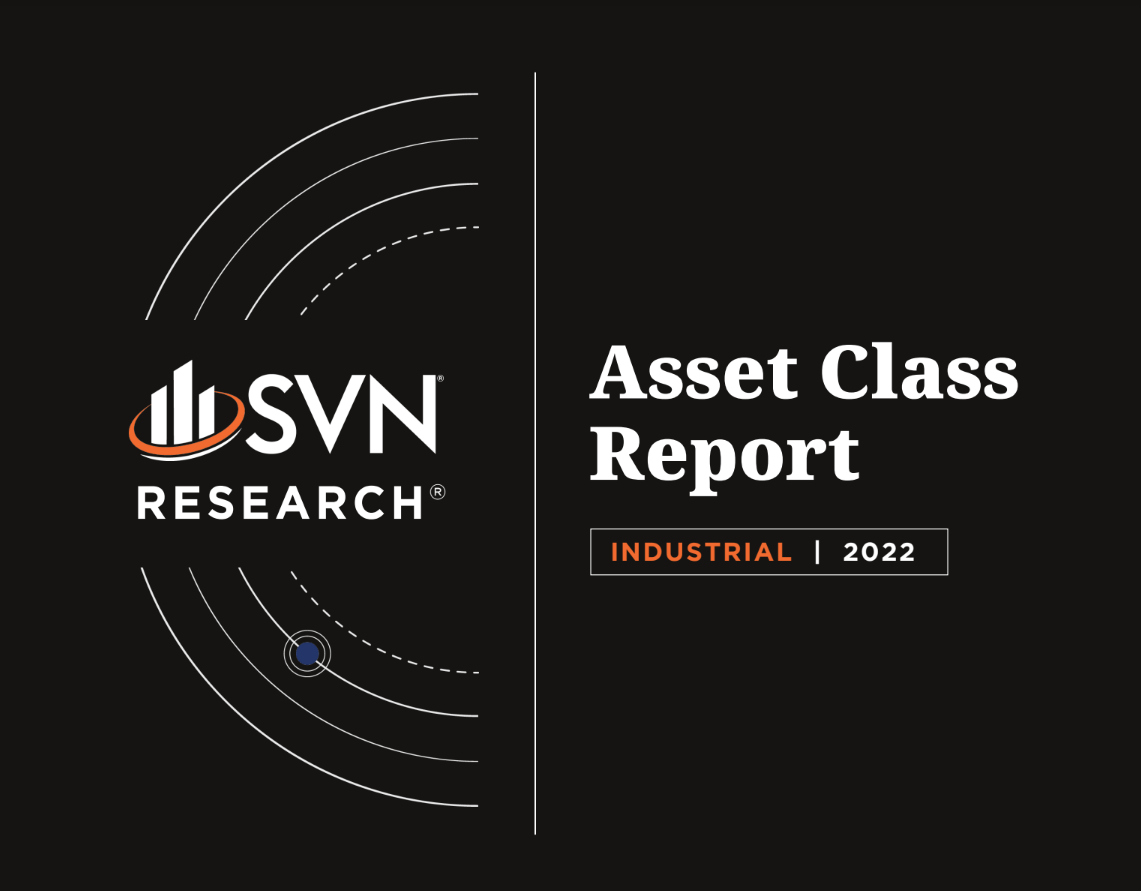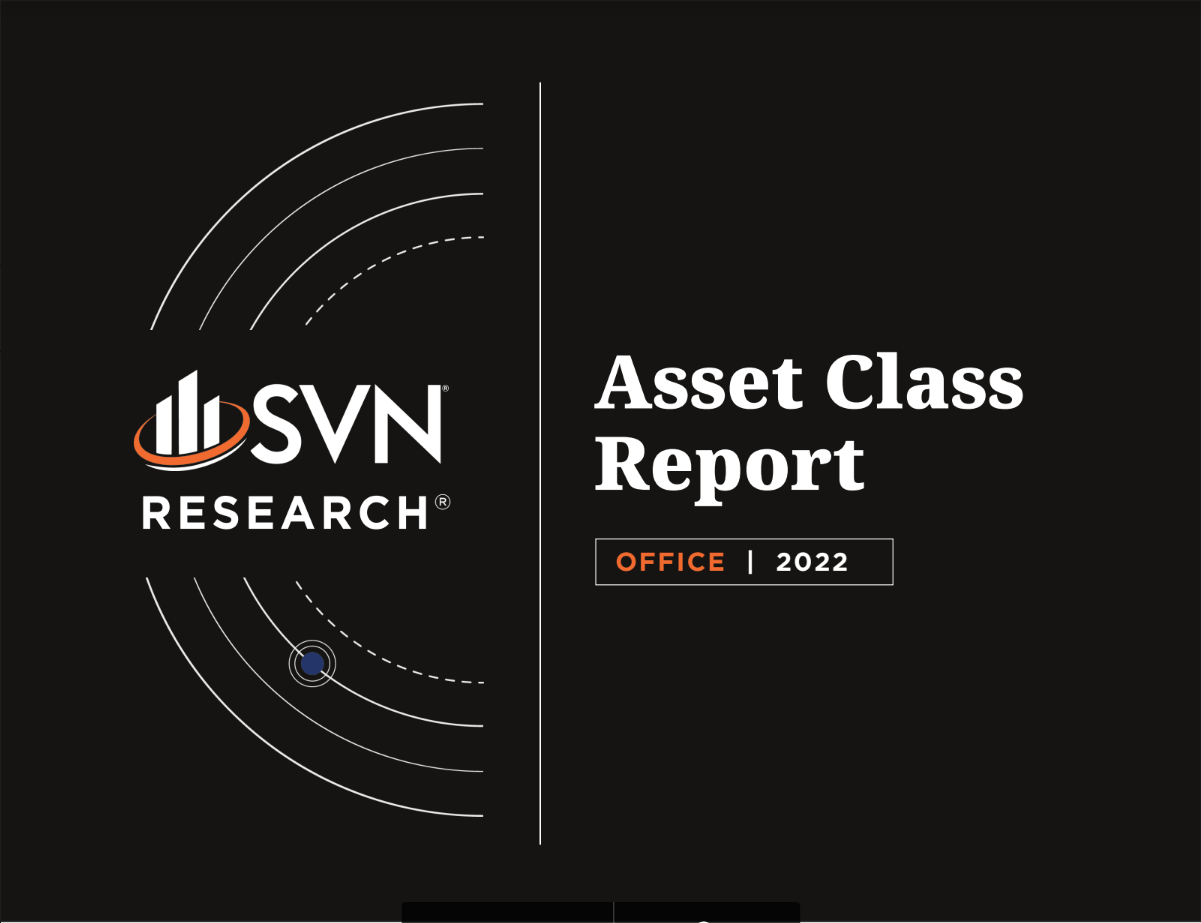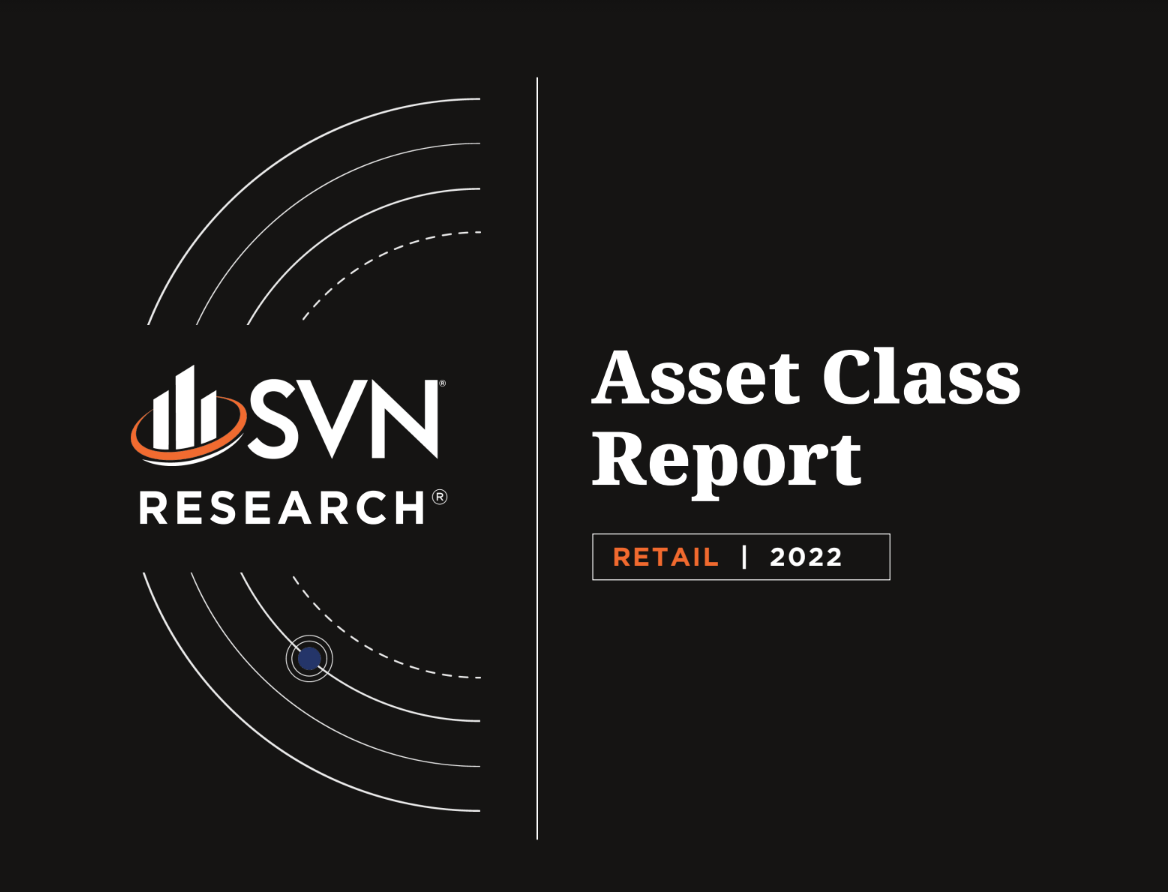admin / April 1, 2022
Commercial Real Estate Economic Update 4.01.22
Commercial Real Estate Economic Update 4.01.22
Featured topics:
The Fed Raises Interest Rates
Potential Sanctions’ Impact On CRE
Short Term Energy Outlook
Consumer Price Index
Job Openings and Labor Turnover Survey
New Business Applications
Return To Office In Gateway Markets
Environmental, Social, and Governance (ESG)
The Great Resignation
Leading Indicator of Remodeling Activity (LIRA)
Commercial Real Estate Economic Update 3.18.2022 – (Download Full PDF)
1. TREASURY YIELD INVERSION
• The yields on the 5-year and 30-year US treasuries inverted on March 28th for the first time since 2006, raising fears of an upcoming recession.
• The yield on the 5-year note reached 2.56%, while the yield on the 30-year at one point fell as low as 2.55% (5-year yields rose higher throughout the session but did not coincide with an inversion with the 30-year).
• When investors demand more in return for shorter-term debt relative to longer-term debt, it can often signal a decrease in confidence about the near-term financial outlook, making the yield-curve inversion a popular recession signal. The last time that such a yield curve inversion occurred was in 2006, a couple of years before the Global Financial Crisis.
• Despite the inversion, the relationship that is often most looked upon by traders— the spread between the 2-year and 10-year treasury rates— remained positive while the S&P 500 posted gains on the day. However, as the Federal Reserve prepares to conduct several rate hikes in 2022, the risk of additional inversions will increase.
2. PRODUCER PRICE INDEX
• The producer price index rose by a seasonally adjusted 0.8% in February, following increases of 1.2% and 0.4% in January and December, respectively, according to the Bureau of Labor Statistics. Final demand prices have risen by 10.0% on an unadjusted basis over the past 12 months.
• Goods prices were the sole contributor to the increase in the final demand index, rising 2.4% in February, while services remained unchanged. Two-thirds of the increase in goods were related to energy, which increased by 8.2% month-over-month. Within energy, gasoline contributed the most pressure, climbing by 14.8%.
• While the index for final demand services was on average unchanged, the biggest upward contributor to the index was the price for truck transportation for freight, which rose by 2.0%.
• Producer prices minus food, energy, and trade services rose 0.2% in the month.
3. INDEPENDENT LANDLORD RENTAL PERFORMANCE
• Research by Chandan Economics indicates that the on-time collection rate for independently operated residential properties improved by 157 basis points between February and March, rising to 82.3%. February’s month-end on-time payment rate was revised up by 108 basis points.
• March’s preliminary on-time collection rate marks the highest monthly observation on record as part of the Chandan Economics-RentRedi post-2020 tracking. The collection rate is 390 bps higher than March 2021’s estimate.
• Through March 15th, 0.7% of units have paid rent late, and 17.0% of units have yet to make their full payment.
• Taking into account an anticipated fall in the share unpaid over the next several months as tenants catch up on late rents, if current trends hold, March 2022 is on track to reach the highest full payment rate (91.8%), including both on-time and late payments, since March 2020 (93.6%).
• Small Multifamily rentals (5-49 units) maintain the highest on-time payment rates of all sub-property types in March, coming in at 82.7%. Single-family rentals charted an on-time payment rate of 82.3% in March, while 2-4 family units claimed 80.0% of owed payments.
• Gateway markets continue their rebound after suffering the bulk of pandemic-related headwinds, climbing by 26 basis points over the month to an on-time payment rate of 81.4%. The on-time rate in gateway markets stands 47 basis points higher than in March 2021.
4. OFFICE LEASING CONDITIONS
• Returns from the office-focused REIT Boston Properties may offer a glimpse of rebounding fortunes for the office sector.
• In Q4 2021, Boston Properties signed 1.8 million square feet in new leases, its highest since Q3 2019, with a weighted average term of 8.6 years. Its 2021 volume totaled 5.1 million square feet, 55% higher than its 2020 year-end tally.
• According to the company’s commentary following the release of the data, leasing activity was widespread across its markets, while the firm’s largest footprint remains in major metros, some of which were heavily impacted by the pandemic, including Boston, Los Angeles, New York, San Francisco, Seattle, and Washington DC.
• According to the report, subleasing activity has had a large impact on the ability to lease new space in the last several quarters. As several office tenants looked to sublease their spaces due to a decrease in their own demand, lots of available space came to market. This made it harder for office landlords to lease already-open space as more furnished alternatives were available.
• However, as much of this space becomes absorbed, sublet availability has started to subside, opening the door for new leasing activity.
5. NEW RESIDENTIAL CONSTRUCTION
• New building permits for privately-owned housing units fell 1.9% between January and February to a seasonally adjusted annual rate of 1.86 million units, according to the latest data from the US Census Bureau. However, despite the downtick, permits remained 7.7% above February 2021 levels.
• Single-family authorizations fell by 0.5% month-over-month to an annualized 1.20 million units, while multifamily authorizations fell by 4.5% month-over-month to 597k units. Single-family and multifamily permit volumes are above their February 2021 levels by 5.4% and 12.0%, respectively.
• Housing starts rose 6.8% month-over-month in February to a seasonally adjusted annual rate of 1.77 million units. Starts remain 22.3% above February 2021 levels. Single-family housing starts are up 5.7% on the month and 13.7% since February 2021. Multifamily housing starts are up by 0.8% on the month but a massive 37.3% year-over-year.
• Housing completions in February rose 5.9% above January’s total to a seasonally adjusted rate of 1.40 million units. Single-family completions rose 12.1% from January and 1.7% year-over-year, while multifamily completions are down by -11.3% from January and -16.9% year-over-year.
6. HOUSING MARKET INDEX
• The NAHB/Wells Fargo Housing Market Index fell from 81 to 79 in March, largely reflecting a decline in single-family housing sales and an expected decrease in sales activity over the next months.
• The index subcomponent that measures the traffic of prospective buyers was the only aspect of the index that saw a positive movement in March, reversing a decline in activity from January to February.
• Regionally, sentiment in the Midwest was the only region that saw a positive increase, while sentiment in the Western US was unchanged. Sentiment in both the South and the Northeast fell, both reaching their lowest levels in the past year.
7. HUD BUDGET
• The 2022 Omnibus appropriations bill included an updated budget for the Department of Housing and Urban Development (HUD) that adds significant new funding for existing programs, including the HOME Investment Partnership program and the Housing Choice Voucher program, among others.
• The final bill allocates $65.7 billion to HUD, $5.32 billion above FY 2021’s total. The largest totals include $11 billion to build new affordable housing units and repair old ones, an additional $8.45 billion for public housing, and $3.2 billion to address maintenance and repairs for the nearly one million existing public housing units.
• $1.5 billion was allocated for the HOME Investment Partnerships Program, the department’s primary tool for spurring private investment in affordable housing. An additional $280 million in funding was made available for Section 8 Housing Choice Vouchers, which is estimated to create an additional 25,000 new vouchers.
8. METRO-LEVEL CENSUS UPDATES
• New estimates recently released by the US Census Bureau indicate that the US population grew by an estimated 392,665 people between July 2020 and 2021, the slowest year of growth on record, while migration continued to shift out of larger metros and into smaller ones.
• According to an analysis of the data, New York, Los Angeles, Chicago, and San Francisco lost a total of roughly 700,000 people from mid-2020 to mid-2021, while Phoenix, Houston, Dallas, Austin, and Atlanta gained roughly 300,000 residents. Smaller cities and rural areas helped account for the remaining growth, while an overall natural population decrease due to pandemic deaths, drops in birthrates, and decreased immigration contributed to the declining growth rate.
• Dallas saw the highest year-over-year increase in its population of any metro, adding over 97,000 residents. Phoenix had the second-largest increase adding just over 78,000 residents, while Houston came in third with an increase of 69,000 residents.
• The New York metro continued to chart the largest population declines, falling by nearly 328,000 between July 2020 and July 2021. Los Angeles saw the second steepest drop in population, losing nearly 176,000 residents, while San Francisco saw the third-largest decrease, losing just over 116,000 residents.
9. BIDEN TAX PROPOSAL
• On March 28th, the White House proposed a new “Billionaires Minimum Income Tax” as part of its 2023 budget proposal that would specifically target households worth more than $100 million with a new 20% rate on income and unrealized gains from liquid assets. A majority of the projected revenues from the new tax would come from households worth more than $1 billion, according to the analysis of the proposal.
• Also contained in the budget proposal is a rehash of the Administration’s 2022 budget ask to raise the top individual income tax from 37% to 39.6%, reversing the 2017 tax cuts. The rate would apply to unmarried individuals with an income of 400,000 or more and married couples making 450,000 or more, according to a statement by the US Treasury.
• A separate proposal to increase the corporate tax rate from 21% to 28% was also included, which would be a partial rollback of the 2017 reform that cut the corporate rate from 35% to 21%.
• The proposal notably does not include a levy on hard assets, also called a “wealth tax,” a proposal often floated by Democrats in previous years. Still, the proposals aimed at collecting revenues from unrealized capital gains could face legal challenges as it falls outside of the typical income-based levying that is standard in the US tax code.
10. INDUSTRIAL: WAREHOUSE & DISTRIBUTION
• The industrial distribution and warehouse sector has grown robustly since the start of the pandemic owing to a bump in internet sales and firms’ determination to deliver products to consumers more quickly, according to an analysis by Moody’s Analytics.
• The sector’s growth comes with a reduction in lease terms and rising asking rents. The average lease term hovered around 36 months between 2017 and 2019— however, it has declined consistently since the onset of the pandemic and was just 29 months in Q42021.
• The average lease terms declined the most in the Midwest (-14%), while they declined the least in the South Atlantic (-7%) during 2021. Regional trends in lease terms could be driven by migration dynamics, with landlords in the Midwest granting more concessions for shorter leases since there could be a fear that the market will cool. On the other hand, declining lease terms in places with strong migration inflows could be because of rapidly rising rents and landlords’ ability to adjust rents more dynamically with shorter lease terms.
SUMMARY OF SOURCES
• (2) https://www.bls.gov/news.release/ppi.nr0.htm
• (3) https://www.chandan.com/independentlandlordrentalreport
• (4) https://www.fool.com/investing/2022/03/25/the-office-sector-is-getting-back-to-normal/
• (5) https://www.census.gov/construction/nrc/pdf/newresconst.pdf
• (6) https://www.nahb.org/news-and-economics/housing-economics/indices/housing-marketindex
• (7) https://www.ncsl.org/ncsl-in-dc/publications-and-resources/2022-omnibus-appropriations-billa-summary-of-provisions-by-federal-agency.aspx; https://www.congress.gov/bill/117th-congress/ house-bill/4550/all-info?r=22&s=1
• (8) https://www.census.gov/data/tables/time-series/demo/popest/2020s-total-metro-and-microstatistical-areas.html; https://www.nytimes.com/2022/03/24/us/census-2021-population-growth. html
• (9) https://www.whitehouse.gov/wp-content/uploads/2022/03/budget_fy2023.pdf; https://www. cnbc.com/2022/03/26/president-joe-biden-to-propose-new-20percent-minimum-billionaire-tax-. html
• (10) https://cre.moodysanalytics.com/insights/research/warehouse-and-distribution-lease-terms/
©2022 SVN International Corp. All Rights Reserved. SVN and the SVN COMMERCIAL REAL ESTATE ADVISORS logos are registered service marks of SVN International Corp. All SVN® offices are independently owned and operated. This is not a franchise offering. A franchise offering can only be made through a Franchise Disclosure Document
« Previous Next »


